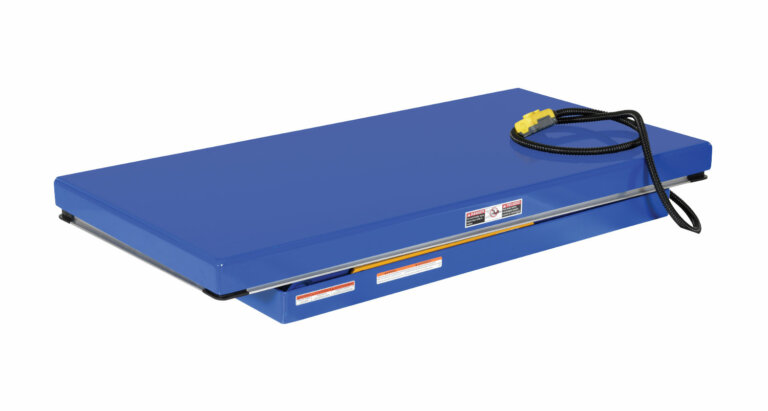
Jestor is a database designed for growth.

#Air table tool upgrade
You may even have to upgrade your plan despite not growing at all: even if your operation shrinks, the month you hit your table’s limit you’ll have to go to the next plan anyway. This effectively puts a roof to stunt your growth: if your process becomes too complex, grows in size or runs for too long, you won’t be able to keep it in a single base. Not only that, plans also come with a database size limitation: even the highest plan won’t let you have a table with more than 100,000 records. A lot of people try to circumvent this by sharing a single user, but that’s far from ideal: not only it assumes everyone should have the same kind of access levels, but it’s an overall bad decision security and compliance-wise. This means that complex operations, in which a lot of people should be able to access the platform, become unnecessarily costly. In Airtable, you’d end up paying the same price for this casual user. Other times, a user can be somewhat passive: they may just need to check information every now and then, or create a record every week or so. That’s because while charging per user makes sense at first, it doesn’t take into account that not every user is equal: sometimes, a user will be a heavy user, updating and creating things constantly. Like most traditional platforms, Airtable base has a user based model when it comes to pricing, which is an older model that has failed to live up to the modern complexities of growth-oriented companies. What is Airtable User and row based pricing? To find out more about why permissioning is so important, you can check out this article. The access level will serve the table, not the other way around.
#Air table tool full
Having full control over access levels guarantee your data is secure and, just as importantly, that you’re free to create the best structures possible without having to worry if it’ll work with predefined access levels. This extends to structural powers too: you can define if an access level can create, edit or delete records or even fields on a table. A specific access level may have access to an Expenses table, for example, but not be able to see certain fields (such as Payment Date), edit others (such as changing Amount) and even have a filtered view of the information (like only seeing records attributed to them, or that are marked as Paid). Jestor, on the other hand, lets you customize access levels with the same degree of control that you’d find when customizing tables or creating automations.

Everyone that has access to a specific table will be able to see everything, which can lead to situations where you’ll find yourself duplicating tables and workspaces just to filter information to certain users, effectively doubling your work and muddying your databases. It’s also not possible to hide certain fields from users. However, this can get problematic very quickly: sometimes you may need more granular access levels than Editors, Commenters or Readers, and setting up individual accesses to fields can be a chore. To add a little bit more of customization, Airtable base also lets fields be locked so only someone with a certain level of access or higher can edit its values.


 0 kommentar(er)
0 kommentar(er)
